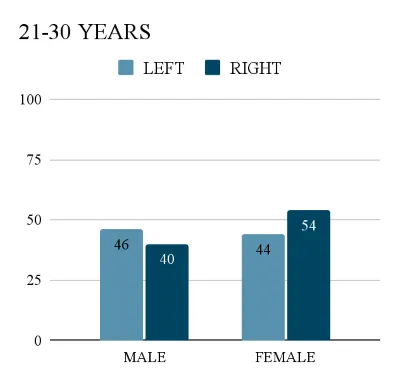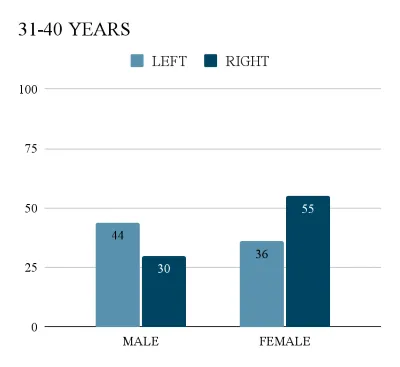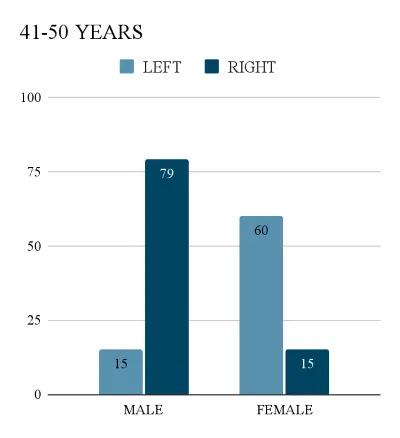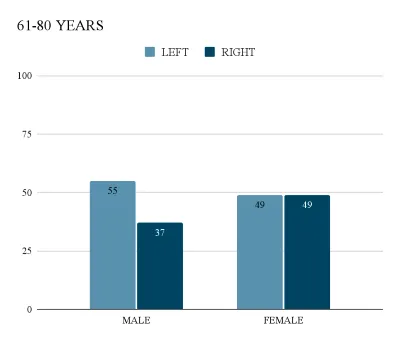A PSYCHOMETRIC TEST THAT CAN NOT BE FAKED

NEMA AI
Psychometric tests have long been utilized to gain insight into an individual’s cognitive abilities, personality traits, and inclinations. However, one persistent challenge in this domain has been the potential for individuals to manipulate or fake their responses. To overcome this obstacle, we, at NEMA AI, have started exploring the integration of real-time electroencephalogram (EEG) tracking into psychometric assessments. By combining questionnaires or games with EEG measurements, we can gain a deeper understanding of an individual’s cognitive preferences and validate the authenticity of their responses. In this blog, we will delve into the research behind this groundbreaking approach and explore the potential for progress in this exciting field.
EEG technology allows us to measure and analyze the electrical activity of the brain, providing valuable insights into cognitive processes and brain functioning. By integrating EEG headsets with psychometric tests, we can track an individual’s brain activity in real-time, offering a more objective and reliable assessment of their cognitive tendencies. One particular area of interest lies in determining the dominance of brain hemispheres, specifically the left and right sides, and how it relates to an individual’s thinking patterns. Several studies have explored the concept of brain hemispheric dominance and its implications for cognitive abilities and personality traits. The left hemisphere is typically associated with logical reasoning, analytical thinking, and language processing, while the right hemisphere is linked to creativity, intuition, and visual-spatial skills. By designing questionnaires or games that tap into these specific cognitive domains, we gather data on an individual’s inclinations and preferences.
To ensure the authenticity of responses, EEG headsets are used to track brain activity while individuals engage in psychometric tasks. By monitoring the specific brain regions and patterns associated with left or right hemisphere dominance, we can validate whether an individual’s reported inclinations align with their actual cognitive processes. We tested 20 people, 10 of whom were each male and female, in the age ranges of 21–30, 31–40, 41–50, and 61–80, therefore a total of 80 subjects. This integration of EEG measurements provides an objective measure that is resistant to manipulation, enhancing the reliability and validity of psychometric testing.
We began our research with a small subject group and are continuing to expand, but we wanted to share the results we discovered in different age groups and across genders.

In the age group of 21–30, our research findings indicate a slight but discernible pattern regarding brain hemisphere orientation among males and females. Males tend to exhibit a higher inclination towards left hemisphere dominance, associated with logical reasoning. On the other hand, females display a tendency towards right hemisphere dominance, linked to creativity and intuition. However, it is important to note that the difference observed between the genders is not substantial, suggesting a balanced orientation overall.

Within the age group of 31–40, our research corroborates the previously observed trends regarding brain hemisphere orientation among males and females. Notably, we observe a noticeable amplification of the pattern observed in the 21–30 age group. Males exhibit a more pronounced left hemisphere orientation. Conversely, females showcase a stronger inclination towards right hemisphere dominance. These findings suggest a potential developmental progression or societal influence as individuals mature into their 30s and 40s. While individual variations persist, this age group demonstrates a clearer distinction in brain hemisphere preferences between genders, highlighting the intricate interplay between the various influences in shaping cognitive profiles.

Intriguingly, our research in the age group of 41–50 has uncovered a surprising and noteworthy revelation. The observed trends in brain hemisphere inclination among males and females have taken a striking turn. Males, to our astonishment, displayed a substantial shift towards right hemisphere dominance, with an overwhelming 79% showcasing a preference for this cognitive orientation. Conversely, females demonstrated a majority (60%) leaning towards left hemisphere dominance. These findings challenge the previously observed patterns in younger age groups and underscore the complexity of cognitive development and gender-related differences over time. The significant deviation from previous trends in this age group prompts further exploration into the underlying factors, including potential hormonal shifts, life experiences, and evolving societal dynamics, which may contribute to this distinctive cognitive profile divergence.

Within the age group of 61–80 years, our research findings reveal a distinct pattern regarding brain hemisphere inclination among males and females. Notably, males in this age group exhibit a stronger left hemisphere dominance, highlighting their heightened utilization of logical and analytical skills. In contrast, females showcase a striking balance in their hemispherical orientation, indicating a more equal distribution between left and right hemisphere dominance. These results suggest a potential mellowing down or convergence of cognitive profiles as individuals progress into the later stages of life. The observed gender-specific differences may be influenced by a combination of factors, including biological changes, lifelong experiences, and the cumulative effects of societal and cultural influences. Moreover, psychological factors such as life experiences, personal growth, and adaptability could contribute to the observed balance in hemispherical orientation among older females. The aging process often involves the acquisition of wisdom and a more holistic approach to problem-solving, drawing upon both logical reasoning and creative, intuitive processes.
The application of real-time EEG tracking in psychometric testing is still a relatively nascent field, but the initial findings are promising. We have successfully identified correlations between self-reported cognitive preferences and the corresponding EEG patterns, validating the effectiveness of this approach. As technology advances and data analysis techniques become more sophisticated, we can expect even greater precision in capturing and interpreting EEG data, further enhancing the accuracy of psychometric assessments.
Moreover, this research has the potential to unlock new insights into the complex interplay between brain function, cognition, and individual differences. By understanding how brain hemispheric dominance influences various aspects of personality and cognitive abilities, we can develop tailored interventions, training programs, and educational strategies to optimize human potential.
As with any technology that involves the collection of sensitive personal data, ethical considerations must be at the forefront of implementation. Issues of privacy, informed consent, and responsible data handling need to be addressed to ensure that individuals’ rights and well-being are protected. Transparency in the use of EEG data is essential, and safeguards should be in place to prevent misuse or discrimination based on psychometric test results.
The integration of real-time EEG tracking in psychometric testing represents a significant breakthrough in addressing the challenges of response falsification. By leveraging this technology, we can gain deeper insights into an individual’s cognitive preferences and validate the authenticity of their reported inclinations. This research holds tremendous promise for advancing our understanding of brain function, individual differences, and cognitive processes.
The tests used were:
The Alert Scale of Cognitive Style by Loren D. Crane is a 20-item forced-choice scale.
The Wagner Preference Inventory by Rudolph Wagner and Kelly Wells, a 12-item multiple-choice scale.